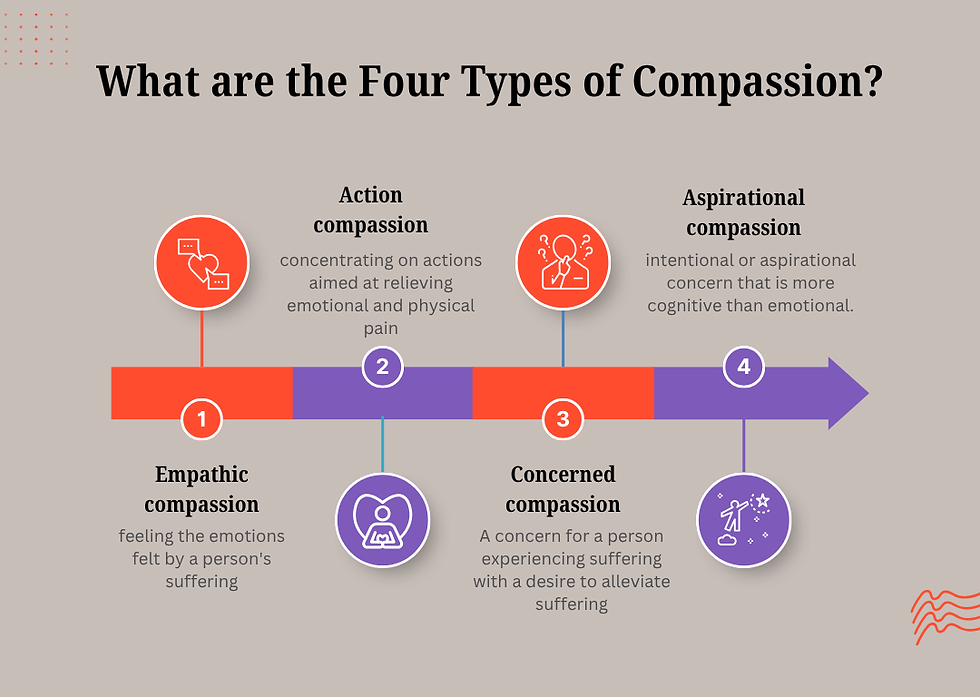Confidence Without Self-Esteem: A Leadership Challenge and a Personal Journey
- truthaboutlocalgov
- Sep 9
- 3 min read
In the world of local government, we often equate confidence with capability. The colleague who speaks fluently in meetings, volunteers for high-stakes projects, or leads with apparent ease is often assumed to be thriving. But confidence can be misleading. Beneath the surface, some of our most outwardly assured team members are quietly battling low self-esteem.

This paradox confidence without self-worth is more common than we think. And it presents a dual challenge: how do we, as leaders, support these individuals to flourish? And how do those individuals, often high-achieving and driven, learn to care for themselves and build a more resilient sense of self?
Part One: Leading with Compassion – Supporting Confident Team Members Who Struggle with Self-Esteem
As a leader, you may have someone on your team who seems unstoppable always delivering, always present, always “on.” But behind the scenes, they may be plagued by self-doubt, perfectionism, or a fear of being “found out.” This is the classic profile of someone experiencing imposter syndrome, a term first coined in the 1970s but still deeply relevant today.
“Imposter syndrome doesn’t discriminate it affects people regardless of their success, status or experience.” Dr. Valerie Young, author of “The Secret Thoughts of Successful Women”

Recognising the Signs
Low self-esteem in confident individuals can manifest subtly:
Reluctance to accept praise or celebrate achievements.
Overworking or over-preparing to avoid perceived failure.
Avoidance of feedback or defensiveness when receiving it.
A tendency to compare themselves unfavourably to others.
These behaviours can be misinterpreted as ambition or conscientiousness, but they may stem from a deeper insecurity.
Creating a Safe and Supportive Environment
Psychological safety is the bedrock of high-performing teams. When people feel safe to express vulnerability, they’re more likely to grow.
Normalise vulnerability: Share your own challenges and learning moments. This sets a tone that it’s okay not to be perfect.
Encourage reflection: Use one-to-ones to explore not just what someone is doing, but how they’re feeling about it.
Avoid over-reliance: Confident individuals often become the default problem-solvers. Be mindful not to reinforce the idea that their worth is tied to constant performance.
Offer Constructive and Affirming Feedback
Feedback should be specific, sincere, and focused on impact. For example:
“Your presentation to the scrutiny committee was clear, persuasive and helped shift the conversation. That’s a real leadership moment.”
This helps the individual internalise their value beyond task completion.

Support Personal Development
Consider coaching, mentoring, or reflective practice groups. These can help individuals explore their inner narratives and build a healthier self-concept.
“Leadership is not about being in charge. It is about taking care of those in your charge.” Simon Sinek
Part Two: Thriving From Within – Advice for the Confident Professional with Low Self-Esteem
If you’re someone who appears confident but feels inadequate or anxious beneath the surface, you’re not alone. Many high performers experience this duality. The good news? You can learn to nurture your self-esteem without losing your edge.
Understand the Difference Between Confidence and Self-Esteem
Confidence is situational it’s your belief in your ability to do something. Self-esteem is deeper it’s your belief in your inherent worth. You can be confident in your job and still feel unworthy as a person.
“Self-esteem is the reputation we acquire with ourselves.” Nathaniel Branden
Practice Self-Compassion
Self-compassion isn’t indulgence it’s resilience. When things go wrong, speak to yourself as you would to a friend. Acknowledge your effort, not just your outcomes.
Try journaling moments of pride or gratitude.
Use affirmations that focus on intrinsic worth, not performance.

Challenge Your Inner Critic
Notice when your self-talk becomes harsh or unrealistic. Ask:
Is this thought true?
Is it helpful?
Would I say this to someone I care about?
Reframing negative thoughts is a powerful tool for building self-esteem.
Set Boundaries and Prioritise Wellbeing
Confident professionals often say yes too often. Learn to protect your energy:
Block time for deep work and rest.
Say no without guilt.
Delegate when appropriate.

Celebrate Progress, Not Perfection
Perfectionism is a common trait among those with low self-esteem. Shift your focus to progress:
What did I learn?
How did I grow?
What would I do differently next time?
This mindset fosters growth and reduces anxiety.
Seek Support
Whether through coaching, therapy, or trusted colleagues, talking helps. You don’t have to navigate this alone.
Final Thoughts: A Call to Reflect and Act
In local government, where the pace is relentless and the scrutiny intense, it’s easy to overlook the emotional complexity behind confident behaviour. But by supporting those who quietly struggle and by nurturing our own inner resilience we create not just better teams, but better leaders.
“Confidence is not ‘they will like me.’ Confidence is ‘I’ll be fine if they don’t.’” Christina Grimmie
Let’s lead with empathy. Let’s live with intention. And let’s remember that behind every confident voice may be a quiet need for reassurance, support, and self-belief.



